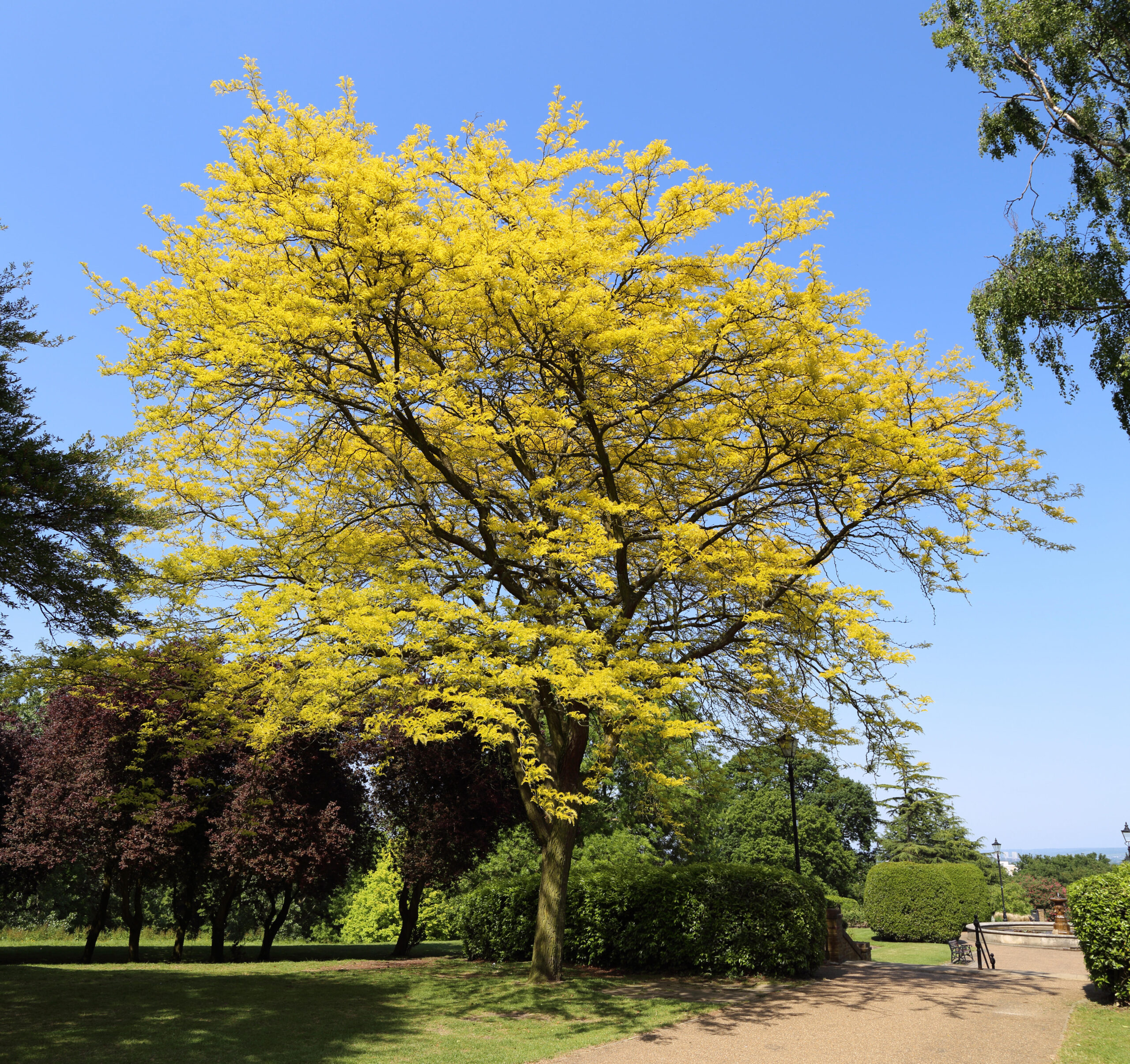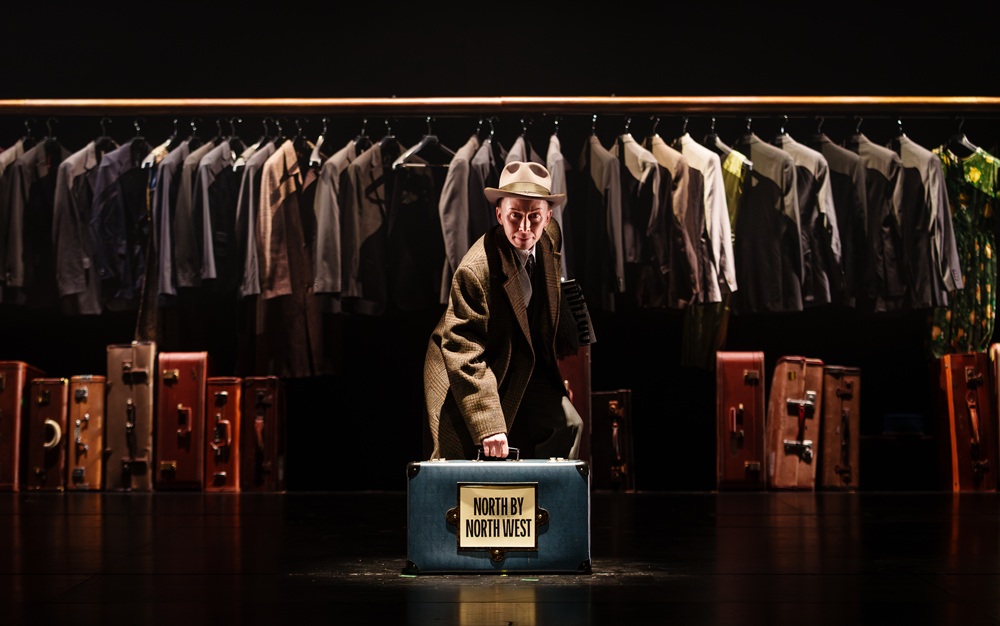Lying dormant for over 80 years, re-awakening the Alexandra Palace Theatre was always going to be a challenge. Given its heritage significance, with decaying ornate plaster, a raked timber floor, mechanised timber stage machinery and the absence of any modern interventions such as electricity and heating, a considerable amount of research and design has been undertaken over the past 5 years to kick-start the journey of bringing this evocative space back to life.
The design principles were established very early on, in that the unique character, with its faded paintwork and crumbling plaster, should be sensitively restored. Naturally a number of contemporary elements would need to be introduced to the space in order to allow it to be used safely and effectively – the biggest intervention being to introduce a flattened floor.
At one time the Theatre hosted audiences of up to 3,000 people – something that the team do not recommend is repeated! Instead a new modern seating system will be introduced, with just over 300 seats on a retractable platform, which will sit under the existing balcony when not in use. There will be a number of seats introduced along the wings, and the balcony itself will be strengthened and re-raked to allow for improved sightlines for the 400 new seats located there. Combined with a number of loose seats, the capacity for 2018 will be a comfortable 1,300.
Performance will be predominately located within the auditorium itself rather than the historically significant Stage House, allowing audiences to have a greater theatrical experience. To enable this, a seating and staging kit will be provided so that a range of configurations can be created, depending on the type of event. Other 21st century interventions include a stage lighting and audio-visual system, a kit of truss and natural and mechanical ventilation system.
With just over 12 months to go until the contractors leave site, the various teams are working hard to realise the revitalisation of this hidden North London gem, so that it can be enjoyed once again – this time by 21st century audiences.
(photo credit: Keith Armstrong)





